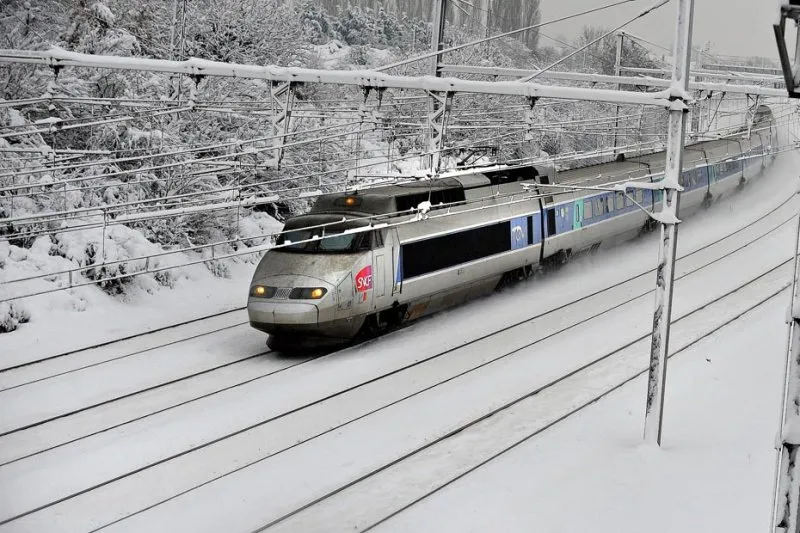
Following our wanderings in the railway field, we will tackle a more technical theme that takes place mainly behind the scenes, away from the public eye. These functions, as well as these practices that I am about to unveil to you, are all essential and crucial to the execution of traffic operations. Let us not forget, either, that the safety and integrity of users remains the main preoccupation of all those involved in these various fields. A simple inattention error can be catastrophic, with serious consequences. I do not wish to warn you about the potential risks here, but rather to pay tribute to those men and women who, every day, demonstrate their professionalism at your service. Get in the car, Simone!
Canton

The canton is a specific block on a main track. With a length of 1500 metres, the canton has a signal at its entry and exit point to regulate traffic. The primary function of a canton is to prevent the possibility of catching up between two trains or, via the square (red light for motorists), to stop traffic in order to protect equipment or part of a lane. Vital and a source of frustration, for the uninformed users who plague against the sustained pace of their convoy, the block is managed remotely by a switch point or entirely automatic via a shunting system: The headboard train which frees a block allows systematic access to a train which precedes it...
Sillon

The term "Sillon horaire"is used in the regulation to refer to a period during which an infrastructure is used for the movement of a train between two points on the railway network. In other words, it is a designated time slot for the free movement of a passenger and freight train. Like the canton, the train path is designed to avoid congestion on the same line. Even if all trains are not necessarily on time, for one reason or another, and do not respect the departure or arrival times, the train path is scrupulously respected to avoid any dramatic incident. If a train, on a very precise line, shows twenty minutes of delay, this one will inevitably impact its second of twenty minutes also....
The sillon is also a market place which allows any railway service provider to negotiate the passage of their vehicles for a fee. An authority is then in charge of distributing traffic hours, at best, without hindering the safety of users... Will this be respected when passenger transport is open to private companies? Nothing is less sure...
Squirrel and wild boar

No, they are not wild animals, but operators and performers who interact with the equipment for maintenance and repair.
A catenary agent is called a squirrel because it takes care of electrical installations suspended above the ground. More generally suspended from the catenaries, the squirrel's trade is both technical and particularly perilous, flourishing with the perpetual risk of being electrocuted (I remember that the catenaries are powered in 1500 volts continuous or 25000v alternating) or falling from a height of more than five meters.

The wild boar remains on the ground, since this term refers to the agents that intervene on rails as well as their fixings (trunks, ribs etc...), needles and many other things. The role of wild boar is quite physical and one of the most important conditions for performing this function is to be mobile. The agent being led to this move on the regional or national ground, according to the requests for intervention.